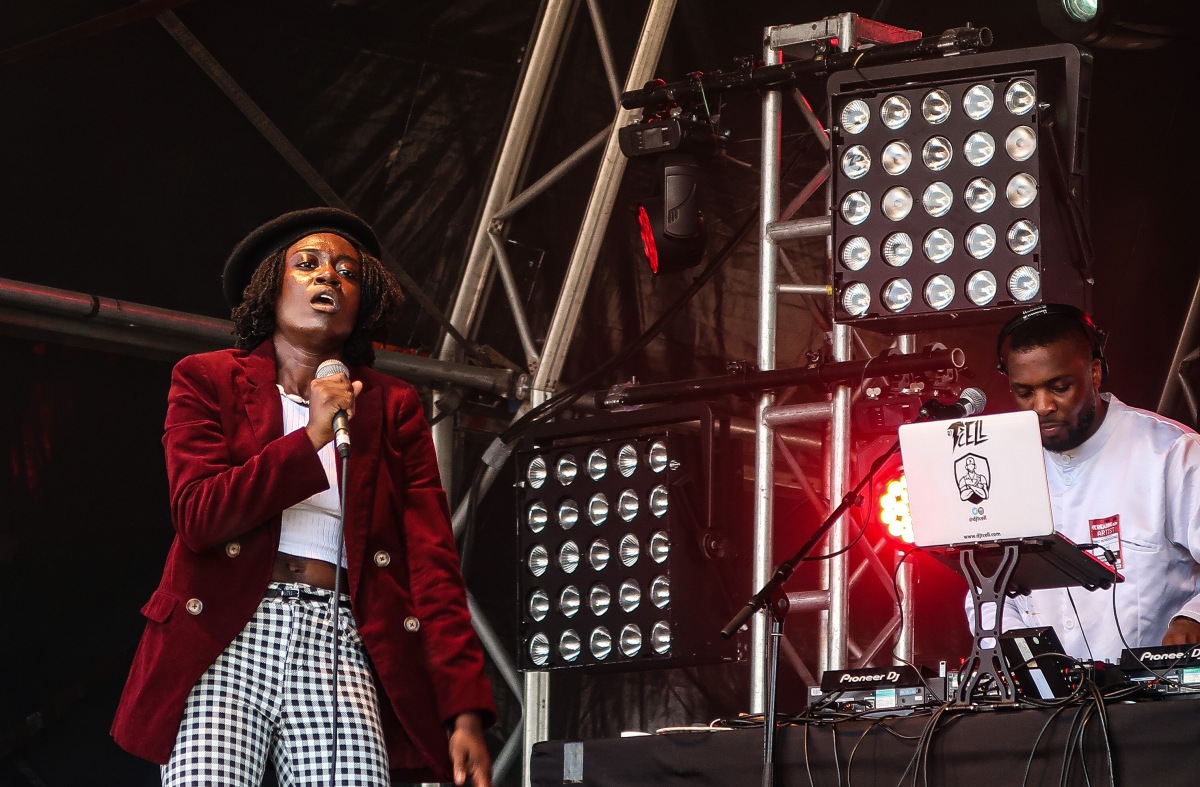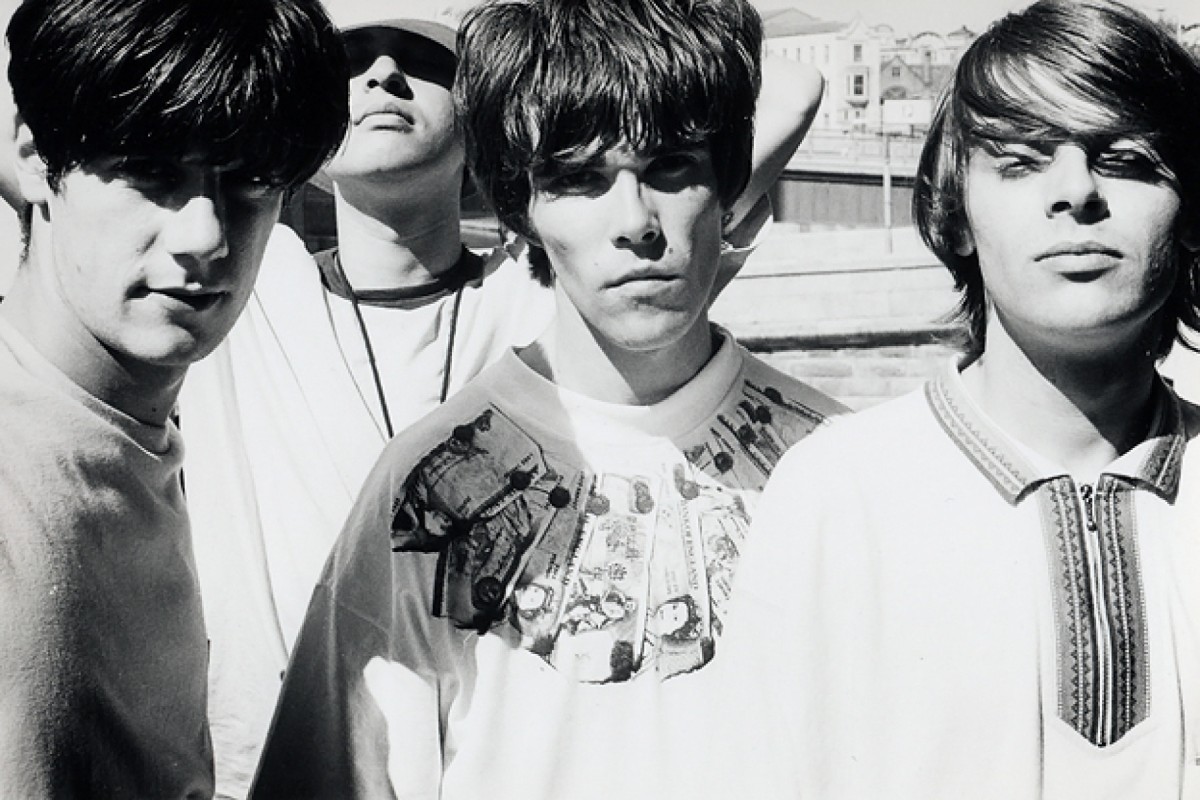Think back to a time when you were in a hot and crowded room, drenched in the familiar odour of inexpensive beer from a stranger’s cup and beads of sweat that slowly edged down your back. Remember the way that your T-shirt stuck to you as you bounced up and down in unison with the rest of the room, with your fellow music fanatics, not a single frown to be seen. Reminisce about that blissful buzz, that now very distant but beguiling buzz that rang around the room as the music rang in your ears. Every day I find myself and many others waking up and wishing that that feeling of unmitigated joy had followed all of us into 2020.
2020 has instead overseen the injurious introduction of the world with the COVID-19 crisis. At this point, the ever embittering coronavirus is an ordeal of astronomical magnitude that we’re collectively, all too familiar with. The pandemic has taken its toll physically, mentally (not to mention economically) on pretty much every last one of us, and just when we thought it had ever so slightly loosened its unrelenting grip on our lives I am reluctant to tell you that now it poses a new threat; it threatens to cull culture.
Given the transmission of the virus is heightened by the gathering of large groups, music venues up and down the country have been forced to shut their doors to dwindle the rate of infection. From March the 16th, mass gatherings involving more than 500 people have been banned by the UK government to ensure the safety and to maintain the health of the population. World-renowned music festivals such as Glastonbury which was due to celebrate the momentous occasion of its 50th birthday this year have also been postponed to 2021. Glastonbury organisers Michael and Emily Eavis fear that if the festival was unable to go ahead in 2021, they could be at imminent risk of bankruptcy. So what I want to ask is, if even the most distinguished organisations and events in the music business are potentially at risk, how do smaller establishments in the industry plan to keep their heads above water during these tumultuous times?
Reportedly, there are 556 grassroots music venues in the UK at direct risk of permanent closure. Not a minor temporary closure, a permanent one. In recent years, the rise of streaming giants such as Spotify and Apple Music has already put these smaller cultural hubs at considerable risk. Streaming has become us music lover’s predominant form of musical consumption and with the unfair payment of artists by these huge companies, less known and upcoming musicians have become heavily reliant on touring and playing gigs to generate adequate revenue to live off. Of late, the untimely entrance of the world health crisis has undoubtedly exacerbated what was already a difficult situation for many upcoming artists.
Recently, the sense of despondency in the music industry has only escalated. Unfortunately, whilst social distancing can somewhat successfully be carried out in places like pubs, restaurants, and shops it would be simply impossible to aptly apply the same rules and regulations to a concert venue where everybody is stood shoulder to shoulder. Due to this, music venues are unable to open their doors until the risk of contracting corona virus has drastically decreased or preferably, been entirely eliminated. This is an unfortunate reality as, according to the Music Venue Trust, the live music industry in the UK produces £5.2 billion for the UK economy and a further £2.7 billion in export revenue, however, 90% of venues and festivals are currently facing the petrifying prospect of permanent closure due to the loss in business throughout the lockdown.
Nevertheless, all is not lost. We can be reunited with our fellow music fanatics and that euphoric buzz that we’re so desperately holding out for once again. The Music Venue Trust has made an urgent plea for as many people as humanly possible to donate to save grassroots music venues up and down the country. In total, they need £50 million to ensure the security of the grassroots music sector and to protect the thousands upon thousands of jobs involved in the industry. We must act now before something that is integral to our culture is gone for good.
Live music is something practically intrinsic to my life and indisputably the lives of many others, it helps everyday people to forget the inevitable stress, annoyance, and upset of everyday life, even if just for an hour or two. It’s something that despite the political disputes, prejudice, and discrimination that continues beyond the walls of a concert venue, brings human beings closer together. Music is a fundamental part of our society, of our culture, because it helps us to forget the shitshow that is being performed daily, by our world leaders, by the people who are supposed to have our best interests at heart but simultaneously fail to protect the most vulnerable people in society. Music stays with us through the rough and the smooth which is why the industry can’t afford to fail, we owe it to ourselves to refuse it’s collapse because ultimately, our well being is more dependent on that buzz than we realise.
Relevant links to places where you can donate to support music venues and artists through the pandemic are included below:
http://musicvenuetrust.com/
https://covid19musicrelief.byspotify.com/en-us


